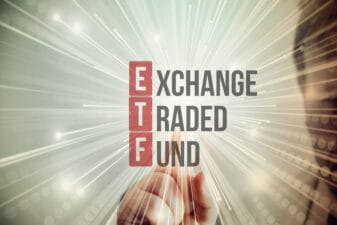I like holding companies. Always have, always will. It’s something about all the moving parts that gets my brain revved up. The more flow charts needed to keep track of the various ownership positions, the better. So, it’s not surprising that one of my favourites is Brookfield Asset Management Inc. (TSX:BAM.A)(NYSE:BAM), a company I’ve written about several times in 2016 and whose labyrinth of investments would puzzle even Sherlock Holmes.
Bruce Flatt, Brookfield’s CEO, is a great allocator of capital. Rookie investors would be wise to consider its stock because there are few investments better to cut your teeth on. In the end, Flatt will make you money.
But there’s another Brookfield-related investment that trades on the TSX Venture Exchange that isn’t for rookies, despite the fact it too would probably make you money in the long run. No, Partners Value Investments Inc. (TSXV:PVF), is not to be pursued if you’re new to investing, but not for the reasons you might think.
Here’s why.
There’s a saying that if you can’t explain an investment to a six-year-old, you probably shouldn’t make it. Partners Value Investments, in my opinion, falls into this category.
“Partners Value Investments Inc. is an investment company whose principal investment is an ownership interest in 86 million Class A Limited Voting Shares of Brookfield Asset Management Inc.,” states its 2015 annual report. That’s easy enough to understand. It goes on.
“The company’s objective is to provide its common shareholders with capital appreciation as opposed to income returns. Investment income, which includes dividends from its investment in Brookfield shares as well as its other securities portfolio, is principally dedicated to paying dividends on its financing obligations.”
Whose financing obligations? The company’s, Brookfield’s, or the principal shareholders? If you don’t know that answer, you shouldn’t be investing in this particular stock. There’s more.
“The company’s investment in Brookfield is owned directly and indirectly through Partners Value Split Corp., a public subsidiary in which the company owns 100% of the common equity. Partners Value Split has $667 million of publicly listed retractable preferred shares.”
So, the plot thickens. Are these dividends to pay the preferred shareholders of Partners Value Investments or Partners Value Split? That’s an easy one. The latter. But unless you’re used to reading these kinds of financial documents, it’s unlikely you would have been able to distinguish between the two.
“The company also holds a portfolio of other securities including: a 90% interest in the Brookfield New Horizons Income Fund, a publicly listed fund which invests in high-yielding debt and equity securities; a 100% interest in Global Champions Split Corp., which owns a diversified portfolio of large capitalization companies; investments in limited partnership units of Brookfield Infrastructure Partners and Brookfield Property Partners; and other securities.”
Now, here’s where the rubber meets the road.
If, after reading these four quotes, you are able to tell a six-year-old the following, then maybe it wouldn’t be such a mistake to buy shares in the company:
One share of Partners Value Investments gives you a tiny piece of a $4.5 billion pie. Brookfield Asset Management, the biggest piece of this pie, represents 83% of its total assets. The remaining 17% is invested in a globally diversified portfolio of publicly traded stocks–all for a 17% discount.
If you can do that, you’re good to go.








